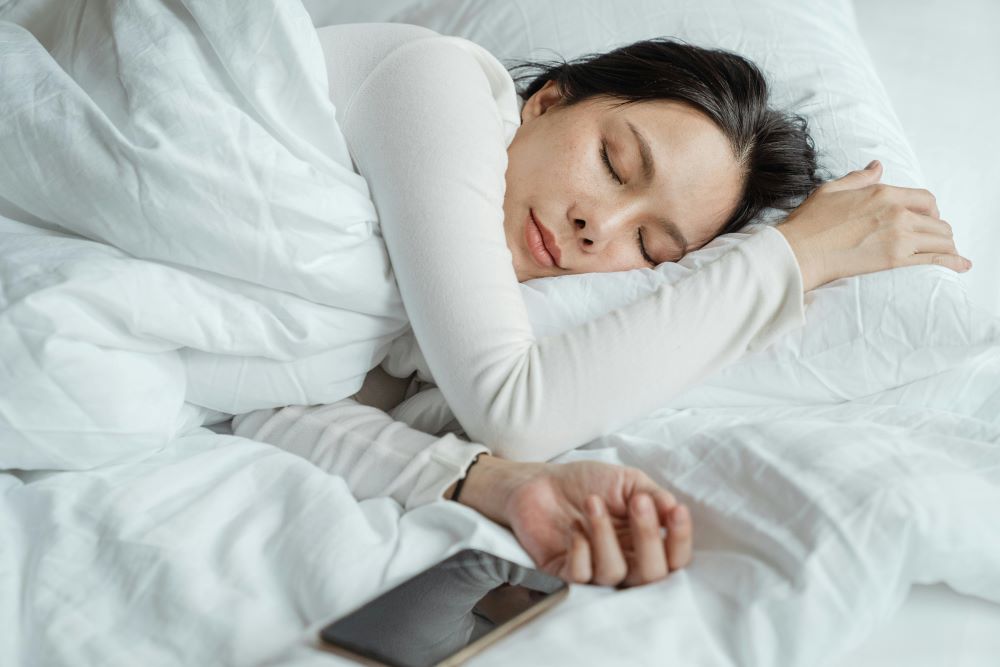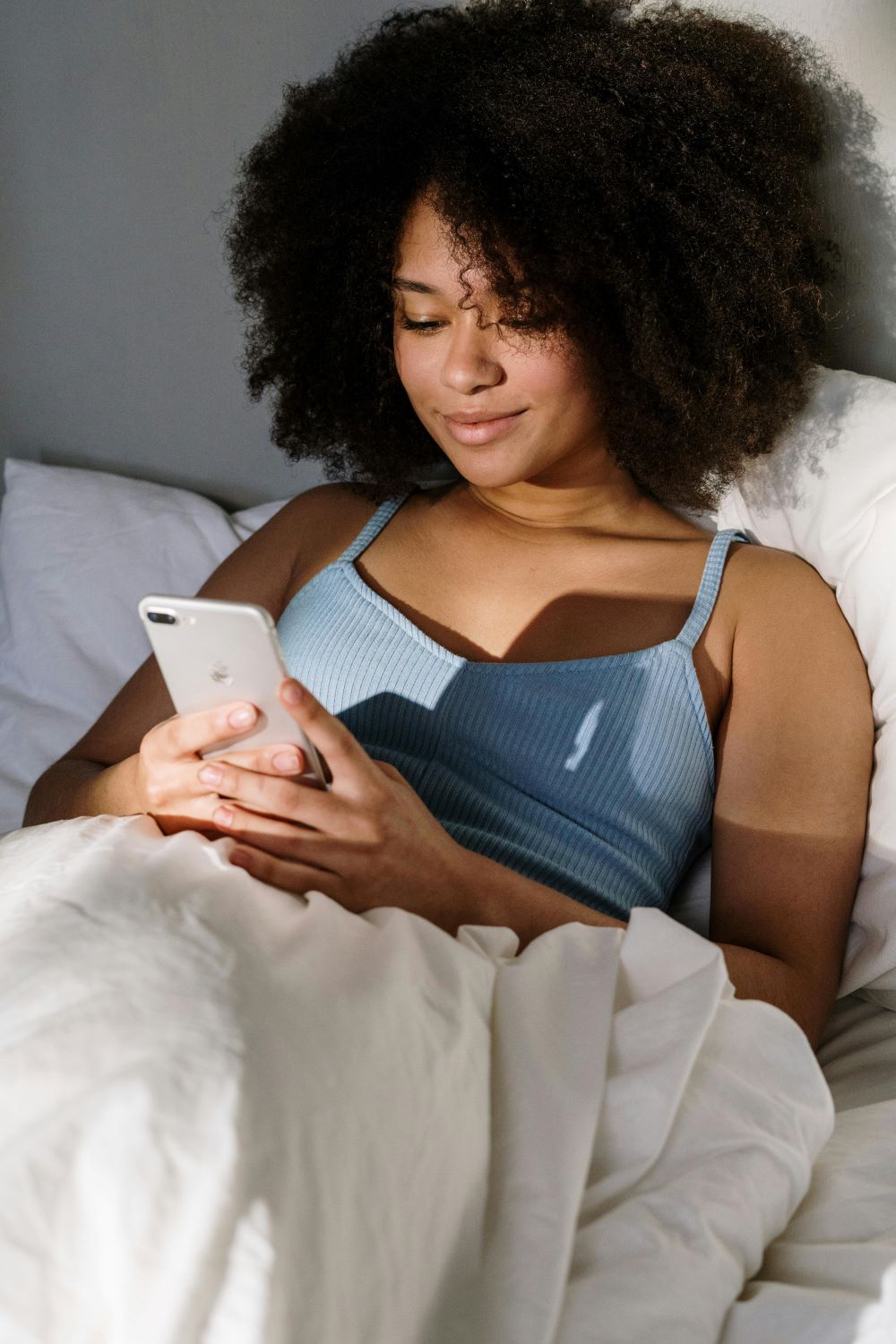Teens who engage in screen use while in bed have a hard time falling asleep and sleep less overall.
A new study conducted by researchers at the University of Otago reveals that the timing of teen screen use, particularly while lying in bed, is more harmful to their overall quality of sleep than previously thought. The findings challenge current sleep guidelines, which advise against any screen time in the hour or two before bed. Instead, the study suggests that it’s not just the proximity to bedtime but specifically using screens while in bed that notably disrupts sleep.
Dr. Bradley Brosnan, the lead author of the study and a researcher at the Edgar Diabetes and Obesity Research Centre, points out that screen time has become the norm for adolescent bedtime routines. Many teens revert to phone use and scrolling when turning in for the night.
The study, published in JAMA Pediatrics, involved 85 adolescents aged 11 to 14, who were monitored over the course of one week. Participants wore a body camera for three hours before bed to track screen time, along with an actigraph, which is a device that measures sleep patterns. An infrared camera was also installed in each participant’s bedroom to observe screen use while in bed.

A the end of the week, the team found that nearly all participants (a whopping 99 percent) engaged in screen use during the two hours leading up to bedtime and over half of them continued using screens once they were in bed. The study found that it was this in-bed screen time that delayed the onset of sleep by about 30 minutes on average, and in some cases, reduced overall sleep duration throughout the night.
Interactive activities like gaming and multitasking (i.e., watching YouTube shorts while playing a video game) proved to be particularly detrimental to sleep. Every additional 10 minutes spent on these types of screen-based activities corresponded to a nearly equal reduction in overall sleep time.
“Our findings suggest that the impact of screen time on sleep is primarily through time displacement, delaying sleep onset rather than any direct effects of blue light or interactive engagement,” Brosnan explained.
He advocates for a shift in sleep guidelines, proposing a more practical, yet somewhat extreme approach, such as keeping devices out of the bedroom altogether. This recommendation would likely be challenging to implement given the popularity of screen use in adolescents’ lives as well as the number of teens who also use their devices as alarm clocks.
The study’s implications extend beyond just sleep hygiene. Poor sleep in adolescents has been linked to a host of problems, health-wise and in other areas of their lives, including academic difficulties, mood disturbances, and an increased risk of obesity and diabetes. By addressing the specific behaviors that contribute to sleep disruption, such as in-bed screen use, there’s potential to improve not only sleep quality but their overall health and well-being, especially in the long term.
The research also sheds light on the need for further studies to explore the long-term effects of in-bed screen use, especially as technology continues to advance. It is yet to be determined whether the study’s findings will have a tangible impact on guidelines for sleep hygiene, particularly for teens. However, teens who find they’re not getting enough sleep or have poor sleep quality should, on their own, considering reducing the time spent on screens while in bed.
Sources:
Study reveals in-bed screen use disrupts adolescent sleep
Screen Use at Bedtime and Sleep Duration and Quality Among Youths


Join the conversation!